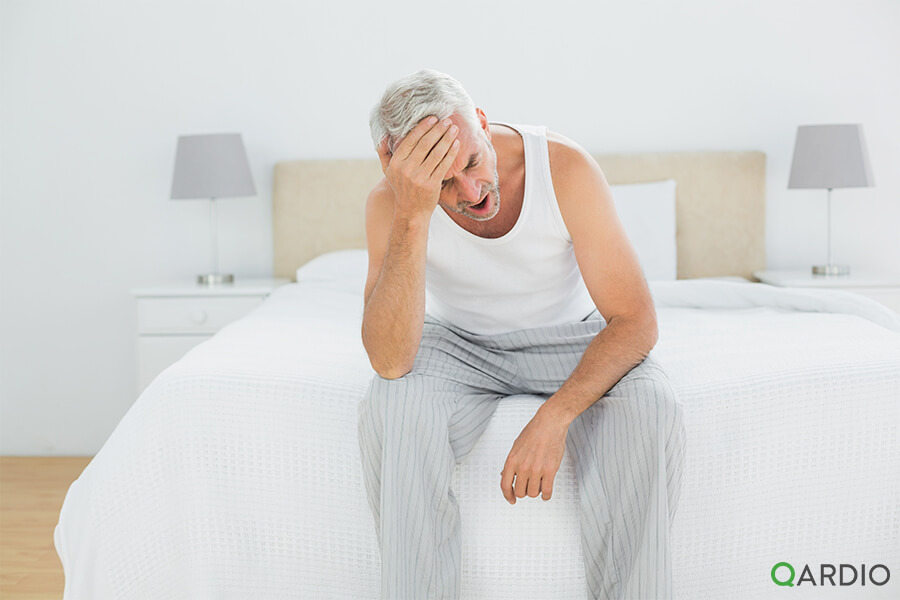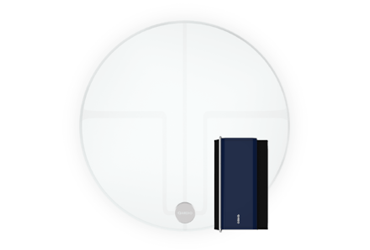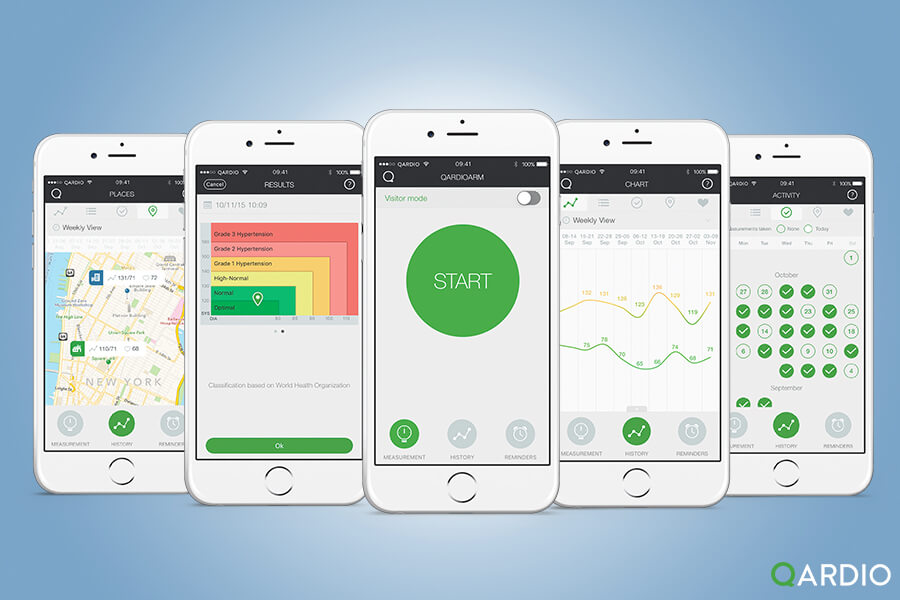In the United States 18 million people have sleep apnea, yet only 20% have been diagnosed and received treatment. Many people do not even know they have it. So what exactly is sleep apnea and how can it be prevented? Learn more about the condition here.
What is sleep apnea?
Sleep apnea is a sleep disorder that causes a person to stop breathing while they sleep due to blocked airways limiting the airflow to the lungs, brain, and body. This often triggers loud snoring or choking noises. The brain and body become deprived of air and may force the body to wake up in order to breathe. The most common type of sleep apnea is Obstructive Sleep Apnea (OSA) which occurs as a result of an airflow blockage.
What causes sleep apnea?
Sleep apnea occurs when the tissue in the back of the throat falls completely or partially during sleep. The tissue collapses when the muscles in the back of the throat and the tongue relaxes and blocks the airway.
What are the symptoms of sleep apnea?
Usual symptoms of sleep apnea is loud snoring followed by silent breathing pauses and choking or gasping sounds. For this reason potential sleep apnea is often first discovered by a family member rather than the sufferer. Other symptoms include daytime sleepiness or fatigue as a result of unrefreshing or restless sleep, insomnia, morning headaches, nocturia (waking during the night to use the bathroom), difficulty concentrating, memory loss, decreased sexual desire, irritability, awakening with a dry mouth or sore throat, and heartburn.
How is sleep apnea diagnosed?
There are two methods to diagnose sleep apnea: an in-lab overnight sleep study or an at home sleep apnea test. For the in-lab overnight sleep study test, a doctor will connect sensors to various parts of the patient’s body. The sensors record brain waves, heartbeat, breathing, and movement. This is the most common way that sleep apnea is diagnosed. The other option is the at home sleep apnea test. For this test the patient will receive a small monitor that records breathing patterns and blood oxygen levels. For a sleep apnea diagnosis, more than five episodes an hour must occur.
How is sleep apnea treated?
The most used method to treat sleep apnea is with a CPAP machine (continuous positive airway pressure). The user wears a mask while sleeping to help create a steady stream of air to gently keep the airways open throughout the night. Most doctors recommend this type of treatment.
Another common treatment method is with a MRD (mandibular repositioning device), also known as oral appliance therapy. The patient will be fitted for a device similar to a sports mouth guard or orthodontic retainer that prevents airways from collapsing during sleep by sliding the jaw forward or holding the tongue in place.
Positional therapy is used to help treat people who primarily have sleep apnea when sleeping on their backs. One option is to wear a device around the waist or back that forces the person to sleep on their side. Another possibility is to wear a small device on the back of the neck that gently vibrates when a person starts to sleep on their back. This vibration notifies the body to change positions without waking the person.
Lifestyle changes can help treat sleep apnea. This would include weight loss for those who are obese or overweight, quitting smoking, and drinking less alcohol. These changes help keep the airway passages open and wide.
How is sleep apnea prevented?
While there is not a direct method to prevent sleep apnea, there are many lifestyle choices that can prevent the condition. For example, not taking sleeping pills or sedatives before bed helps to keep the throat from relaxing too much. Eating healthy, exercising frequently, maintaining a healthy weight, and not smoking are also helpful in preventing apnea.
Want to learn more? Check our guides ”The DASH diet” and ”Boost your cardiovascular endurance and HRV in 15 minutes.”
Is sleep apnea dangerous? What happens if sleep apnea is left untreated?
If left untreated, sleep apnea can result in a growing number of health problems, including: high blood pressure, stroke, heart failure, irregular heartbeats, heart attacks, diabetes, depression, worsening of ADHD, and headaches. Understanding the symptoms and causes of sleep apnea is important for maintaining a healthy lifestyle. Visit a doctor if any of the symptoms are present, and receive treatment to prevent further health problems.
It is never too late to start living a healthier lifestyle to prevent sleep apnea and other serious health conditions from developing.
QardioArm smart blood pressure monitor is the perfect device for monitoring blood pressure, heart rate, and irregular heartbeat, some of the main health issues that can result from untreated sleep apnea. Keep on track of your weight with QardioBase smart scale and body analyzer. The smart scale is the perfect fitness buddy to make your weight loss journey easier with its many unique features. Enable Smart Feedback mode to track your weight loss progress while viewing smileys instead of numbers, letting you know if you’re on track of your weight loss goal.
Sources:
Sleep Education
Medical News Today
WebMD
National Heart, Lung & Blood Institute




